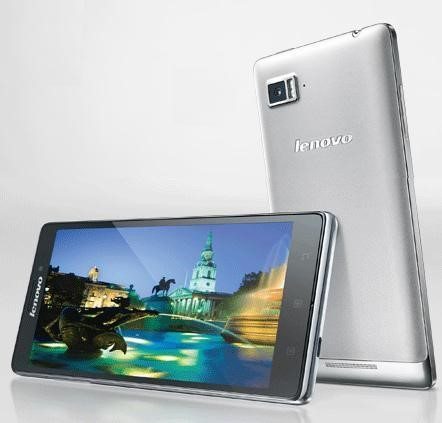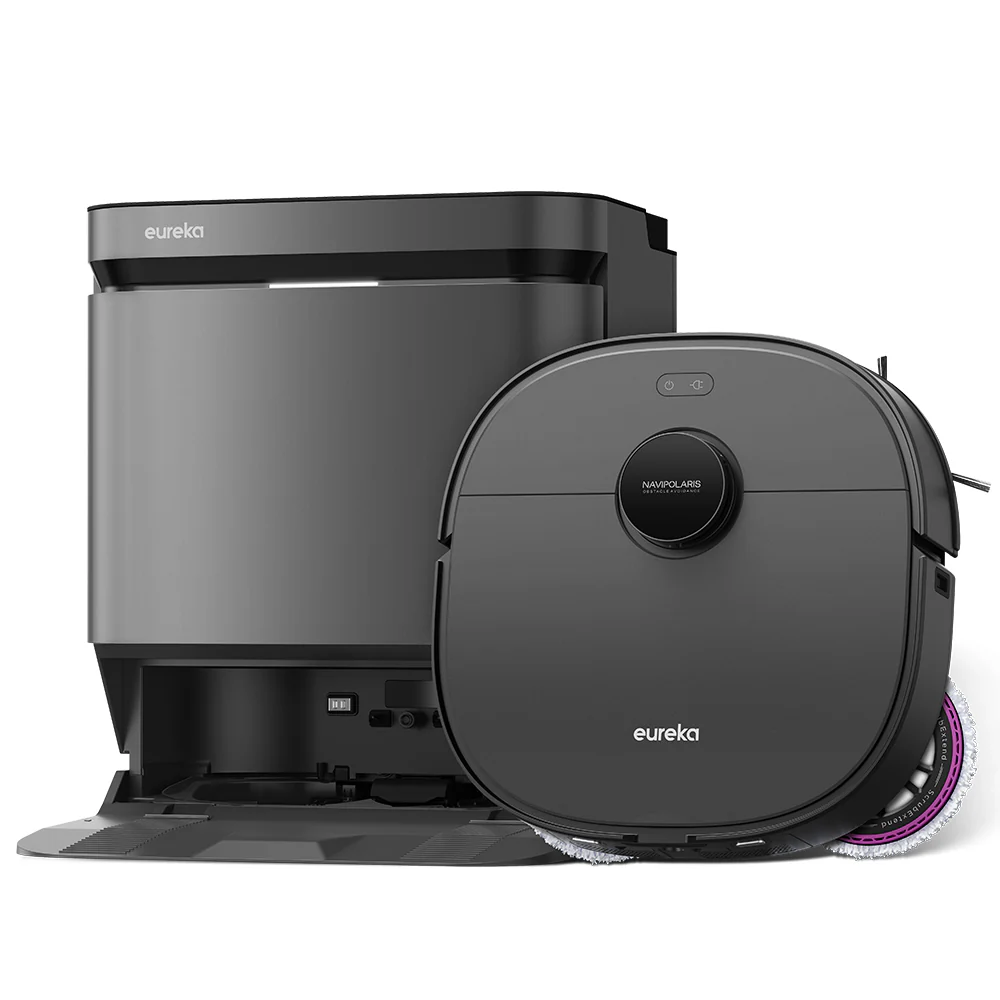Joining the wide-array of LTE-capable Android smartphones, Lenovo finally unveiled their first-ever 4G handset—the Vibe Z. As one of the highlights at the 2014 Consumer Electronics Show (CES) in Las Vegas, the gizmo is targeted at the midrange market with a gigantic display, a razor-thin design, and the latest mobile processor—on par with the likes of the Samsung Galaxy Note 3. Let’s take a closer look at some of its innovative features and why it is labeled as one of the best gadgets of this year’s CES.
Design And Build
Following the trend in supersized phablets (hybrid phone and tablet), the Vibe Z features a 5.5-inch profile with a high-end razor thin-design. It only measures 7.9mm in thickness and 145 grams in weight, with a streamlined outfit made up of a laser-etched back panel that feels like fabric when held in hand. Its frame is well constructed with aluminum as its choice of manufacturing material.
Display
The Vibe Z display is an IPS LCD capacitive touchscreen with an HD resolution of 1080 x 1920 pixels (401 ppi). It’s pretty high for a smartphone, especially for a phablet. A CNET News story even mentioned that the Chinese manufacturer is calling the Vibe Z’s display as “20/20 in vision.” It’s also shock resistant (although nowhere near invulnerable)—protected by the Corning Gorilla Glass 3 coating.
The 4G LTE Revolution
A post by Jacob Siegal of BGR mentioned that the Vibe Z will be available internationally this year and will support three global bands of 4G LTE network (850 / 1800 / 2100). Depending on the mobile carrier and country of origin, the handset is capable of receiving 150 Mbps download speed and an admirable 50 Mbps upload speed, which is up to ten times faster than an average 3G broadband connection.
Camera
Taking care of its photographic duties is a whopping 13-megapixel rear camera with an aperture of f.1.8. For the record, the aperture or sensor size is more important than the number of megapixels when it comes to taking high-quality photographs. HTC states that HTC One’s UltraPixel camera has an aperture opening of only f.2.0. In HTC’s terms, this wider aperture opening qualifies in their “UltraPixel” sensor category, which can capture significantly more light even in dark surroundings.
Lenovo has also pumped up its front-facing snapper, giving it a 5-megapixel sensor instead of the 2-megapixel standard. Its front shooter also boasts of an 84-degree capturing angle, which may come in handy for making group selfies and full widescreen video conferencing. The default camera application is pre-installed with editing tools, photographic effects, and on-board filters.
Powerful Innards
When it comes to the hardware, the Vibe Z’s innards are up-to-date and on par with other flagship devices, such as the LG G2 and Samsung Galaxy Note 3, are offering. The phablet is equipped with the latest version of the Qualcomm Snapdragon 800 processor—a 2,2 GHz quad-core chip. It’s the same system-on-chip (SoC) powering the Galaxy Note 3. The processor is backed by a robust 2GB of RAM, so you can expect virtually no lag when running graphics and memory intensive applications.
On the other hand, the downside of the phablet is its storage options. The gizmo may offer 16 GB of built-in-memory; however, it offers no room for expansion via Micro-SD card. There are a wide variety of cloud storage options, but the lack of expandable memory is a serious handicap for a device that will be used by many as a primary computing device.
For its battery, the Vibe Z’s juice hopes to bring 648 hours of standby time and up to 33 hours of continuous usage. Just like the LG G2, powering the device is a non-removable Li-Po 3000 mAh battery.
Android Jelly Bean 4.3
It may be the latest handset on the market, but it doesn’t run the latest Android—version 4.4 a.k.a. “KitKat”—out of the box. Instead, it’s equipped with the last version of Android Jelly Bean 4.3.
They could have included KitKat, given its powerful hardware portfolio, but few gadgets outside of the flagship Google Nexus devices have received the latest Android yet. If or when the Vibe Z will receive an upgrade to Android 4.4 “KitKat” is a guessing game that depends on both Lenovo and the wireless provider. Your best bet is to not hold your breath, and just get comfortable with the Android that comes with the device. However, it’s likely that KitKat will be pushed to its users via system update, following its slated market release this February 2014.
These are the innovative features and specifications of the Vibe Z. What do you think of Lenovo’s foray into the world of LTE-powered phablets? Do you think it will give big Android smartphone manufacturers like LG and Samsung a run for their money?
About the Author
 Jenni is a UK-based writer who enjoys writing feature articles on the latest in technology. She covers the newest buzz in mobile phones, gaming consoles, OS and more. Get to know the latest from her via Twitter or Google+.
Jenni is a UK-based writer who enjoys writing feature articles on the latest in technology. She covers the newest buzz in mobile phones, gaming consoles, OS and more. Get to know the latest from her via Twitter or Google+.
- Cybersecurity’s Unsung First Responders Step Into the Spotlight - October 16, 2025
- How AI and Integration Are Transforming Software Security - October 13, 2025
- Fighting Machines with Machines: How AI Is Redefining the SOC - October 6, 2025



